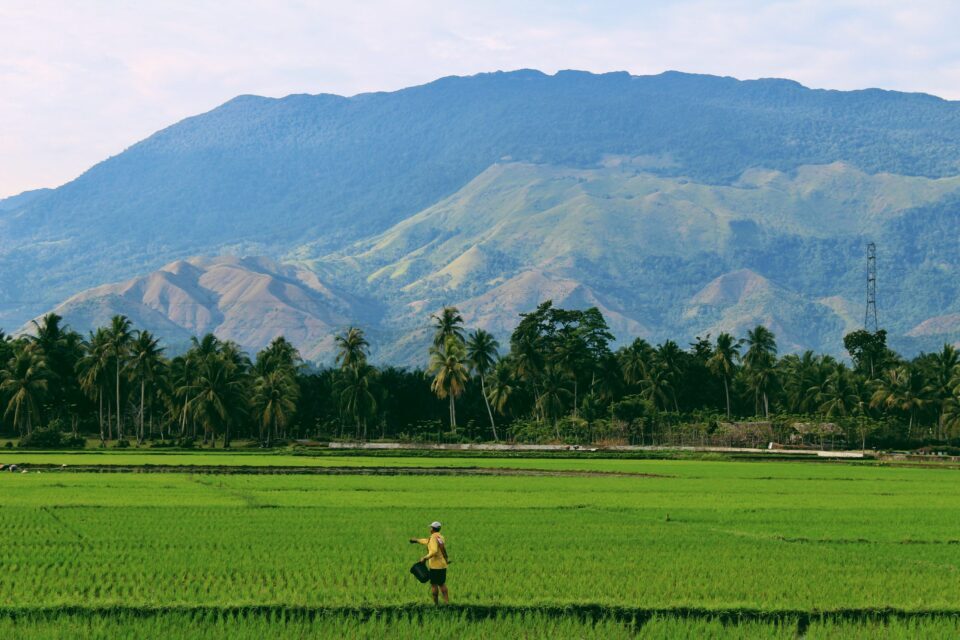Climate change increases the odds of worsening droughts in many parts of Australia and the world in the decades ahead. Warmer temperatures enhance evaporation from the soil, making periods with low precipitation drier than they would be in cooler conditions.
Severe drought can affect agriculture; at the height of the 2017 – 2019 drought, production was affected and farming communities throughout Australia were economically impacted. The value of production from cattle has fallen in 2020 as persistent dry conditions in many key cattle producing regions have heavily reduced the size of the breeding herd, impacting the potential pool of available finished cattle.
In response, governments and businesses are identifying vulnerabilities across the agricultural sector to improve resilience through actions like conserving water, enhancing energy efficiency, emergency planning and planting drought-resistant crops. Producers facing a feed shortage are turning to alternative, drought-proof solutions.
Amidst this current weather environment, demands on agriculture are rising not just in Australia but globally as food production becomes increasingly paramount. Australia contributes significantly to global food security. To feed the world with less land, fewer resources and in the face of climate change, farmers across the nation are looking to augment their technological intelligence using agritech.
